Color has always been a great tool for communicating – overtly and covertly. You may have noticed that certain sectors and industries gravitate towards similar colors, like fast food brands using red and yellow or security and money management firms using blue. They choose these hues for their branding because they have powerful color associations: red and yellow have a tendency to make you hungry, while shades of blue engender feelings of trust.
If you’re interested in using colors to affect your mood or empower your self-expression, now is the time to learn how. Read on to learn more about which colors can change your mood, your mind, and your interactions with the world around you.
Getting More Context
Currently, color psychology has some evidence to back its data, but it’s still a controversial field that requires more research. Personal experiences and cultural traditions can shift what colors mean to each person, so it can be difficult to really nail down color meaning. For example, in some parts of the world, black is the traditional mourning color, while in others, white is what you wear to funerals.
Understanding general traditions and modern movements can affect context. But there are still some recurring themes throughout color psychology that can help direct your fledgling exploration into self-expression with fashion. Even the biggest brands consider color psychology when they design their logos, release marketing materials, and develop packaging, so you should too!
Do You Already Have a Palette?
As you take a look at your wardrobe with fresh eyes, you may notice that you already have a preference for certain colors and shades. These might say something about who you are and how you feel, or they may just be the perfect options to match your skin and hair tone.
As a general rule, cool colors, like blues and greens, can help you achieve a sense of calm and warm colors, like reds and oranges, can act as mood lifters and energizers. When these colors appear in different shades, you’re changing their meaning a little, allowing muted hues to create a quieter feeling and bolder shades to bring out more energy. Your casual black pants may say working professional, but the same pants in yellow shout that you’re a free spirit!
What colors are you finding among your clothing? When you look at certain pieces, what emotions are you associating with that specific hue? Do some make you feel more confident? Do others give you a sophisticated vibe? Understanding your own feelings for color is the best way to explore color context.
General Color Associations
While your personal experience may affect the emotions and moods you associate with certain colors, there are some accepted color associations steeped in world history and popular culture.
Red
Excitement, Energy, Passion, Action, Desire
Red is a contradictory color that brings out strong emotions on a pretty broad spectrum. It can signify happiness and excitement, as well as danger. In fashion, red can help you feel bolder and ensure you stand out from the crowd.
Orange
Optimism, Happiness, Friendliness, Fun
If you want to create an outfit that’s vibrant and attention-grabbing without dangerous undertones, orange is the right choice for you. It’s the perfect color to encourage extroverted, socializing behavior.
Yellow
Confidence, Brightness, Attention, Warmth, Joy
You might associate yellow with warning signs on the road. But it’s also the color of the sun and some of your favorite flowers! Hello, daisies, sunflowers, and marigolds! If you want to embrace joy, wear a shade of yellow to lift your mood.
Green
Hope, Balance, Luck, Nature, Envy
Green is another color with a broader spectrum of associated emotion. While it can symbolize luck and fertility, it’s also connected to the green-eyed monster of jealousy. Fortunately, green is still a very approachable color and helps project your openness.
Blue
Trust, Honesty, Productivity, Calm, Sadness
Blue is one of the constants in the world; it’s the color of the sky, the ocean, and denim. It’s so prevalent that many in the fashion world consider it a neutral hue. Blue can communicate loyalty and stability, instilling a sense of calm in yourself and the people around you. Blue can also help you project confidence by easing anxieties.
Purple
Royalty, Creativity, Spirituality, Imagination
With a long history as a color exclusively for royalty, purple is associated with fantasy and imagination even today. If you want to feel unique and special, wear purple to ensure you stand out! You might also consider purple when you want to enhance your creativity and innovation.
Time to Dress the Rainbow
With this overview of some of the ways color can affect your mood, it’s time to revisit your wardrobe. Make decisions about the things you wear every day. From stylish hats to chic winter sweaters, use color associations to develop a more expressive emotional palette.
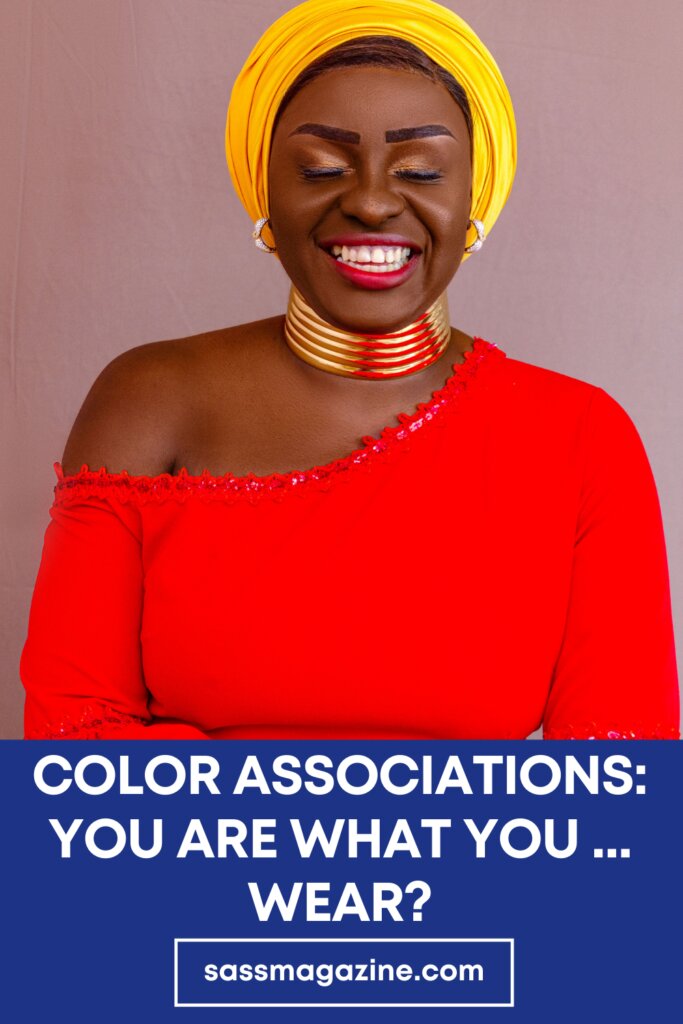

Tess DiNapoli
Tess DiNapoli is a freelance writer and content strategist. She has a passion for clothing and often writes about psychology and wellness in the context of self-expression, but also enjoys covering the world of fitness.
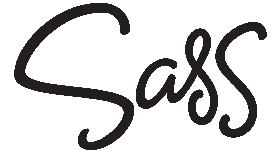
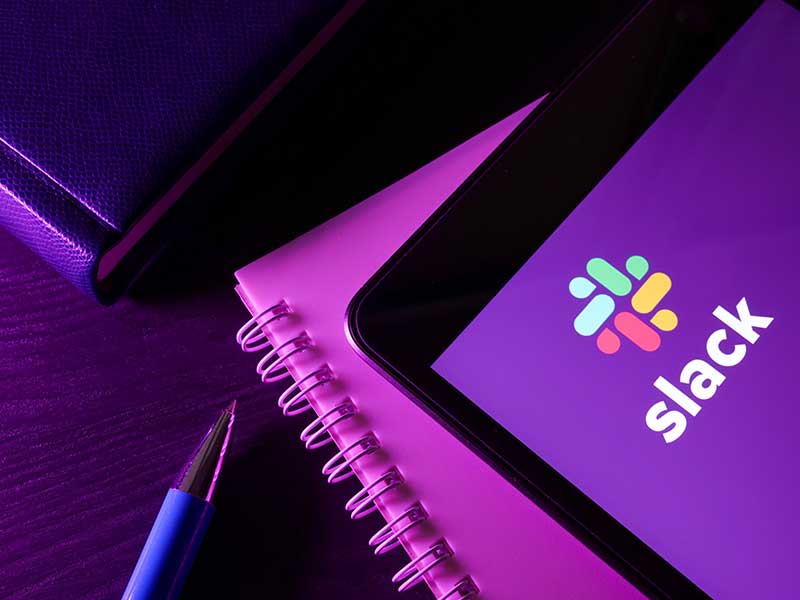

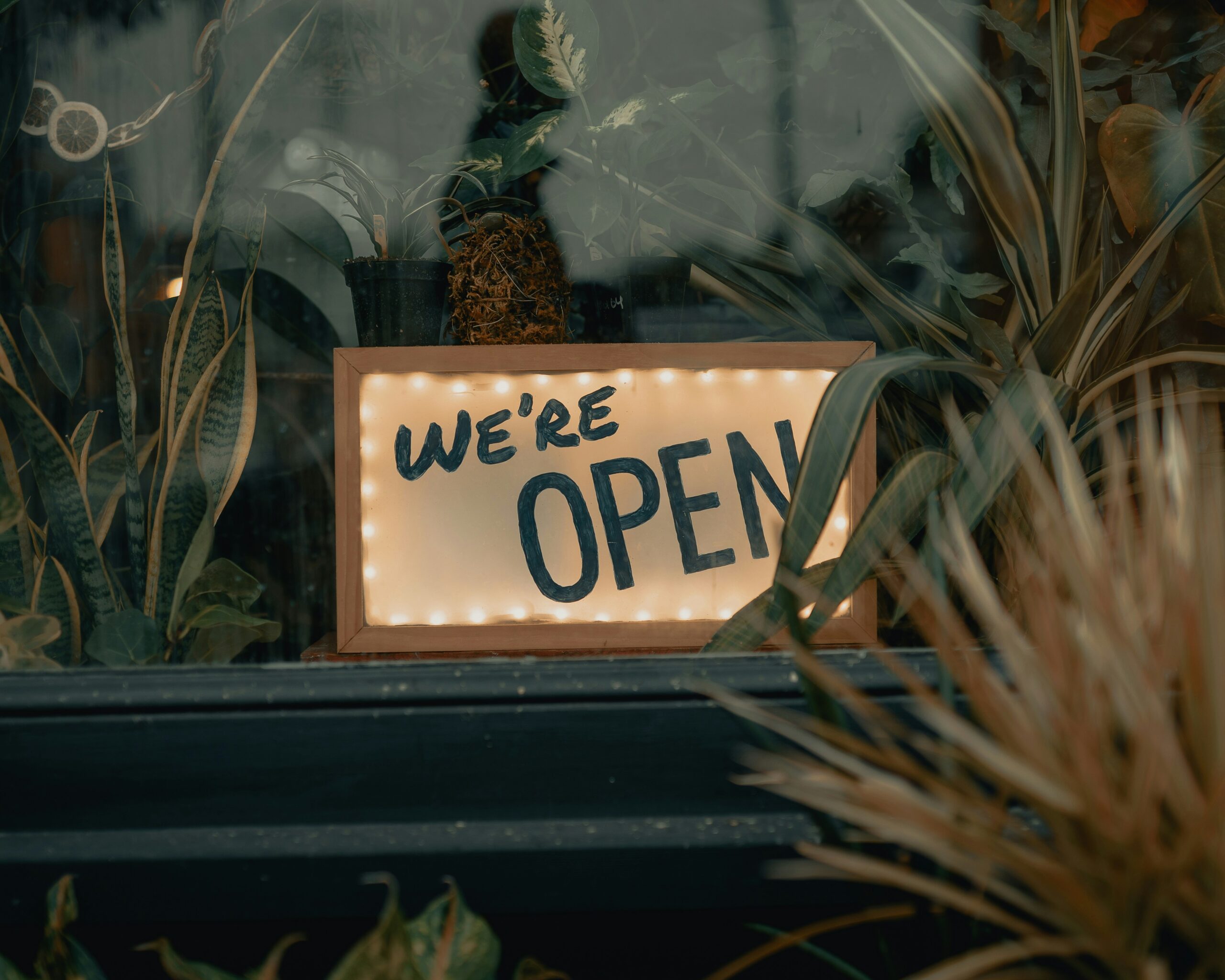
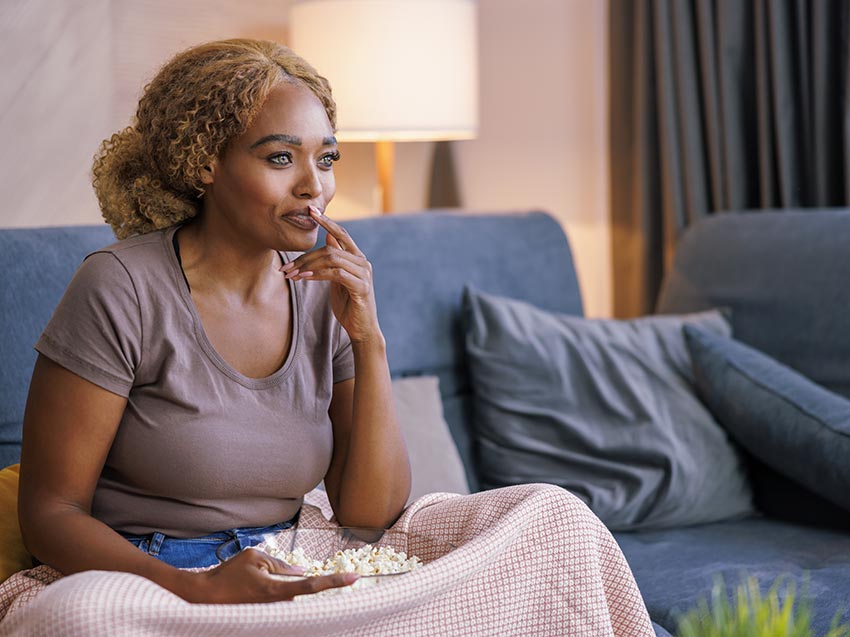
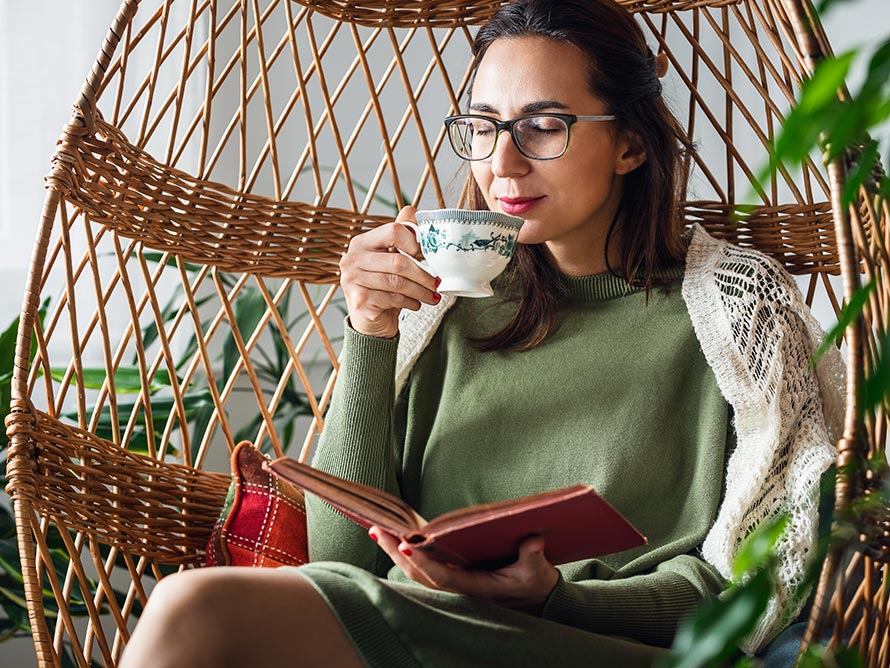

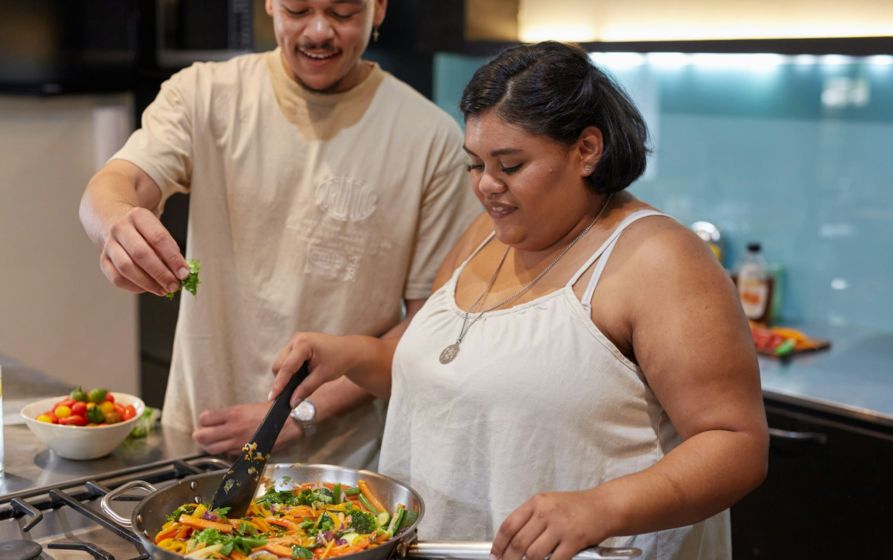
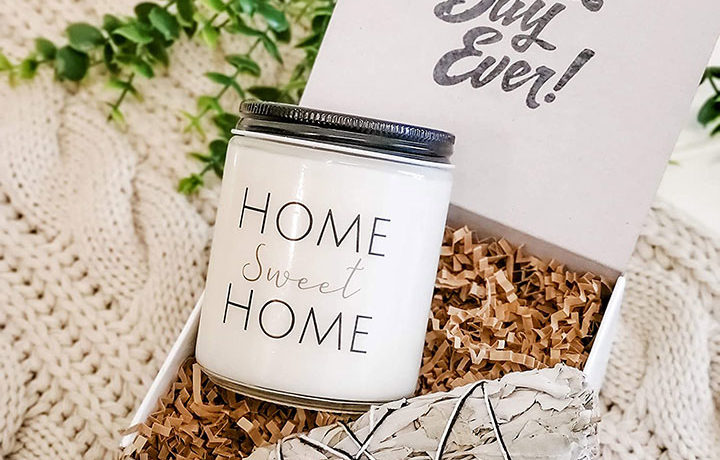
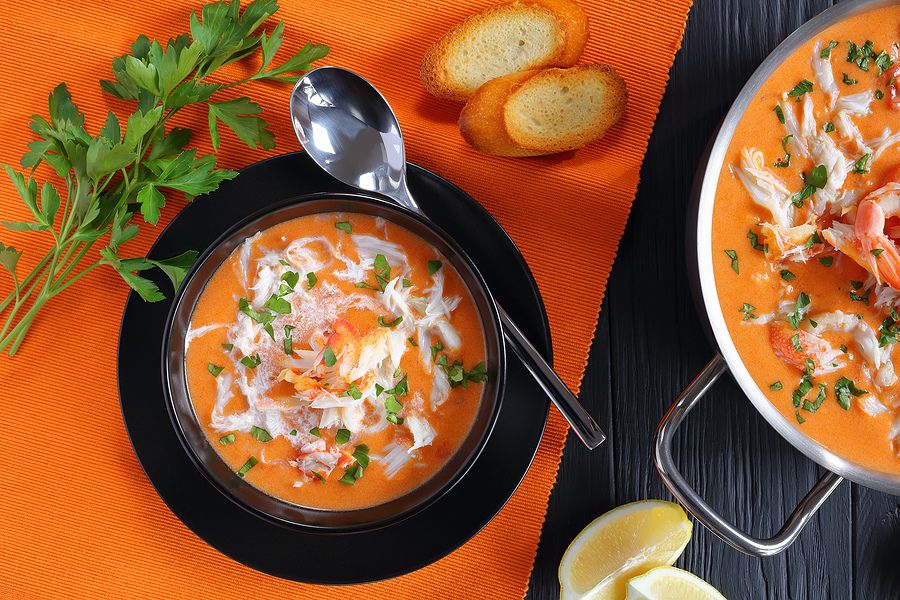


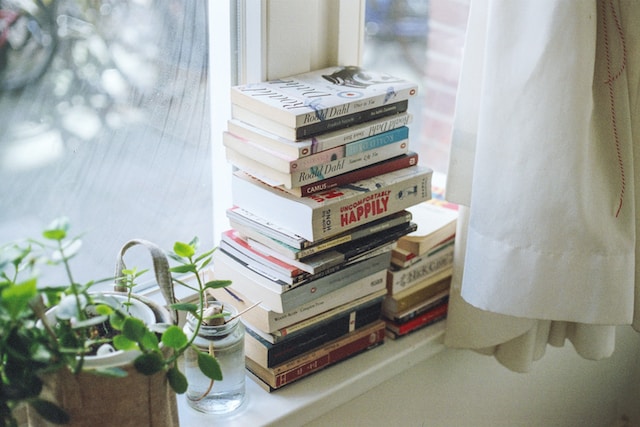
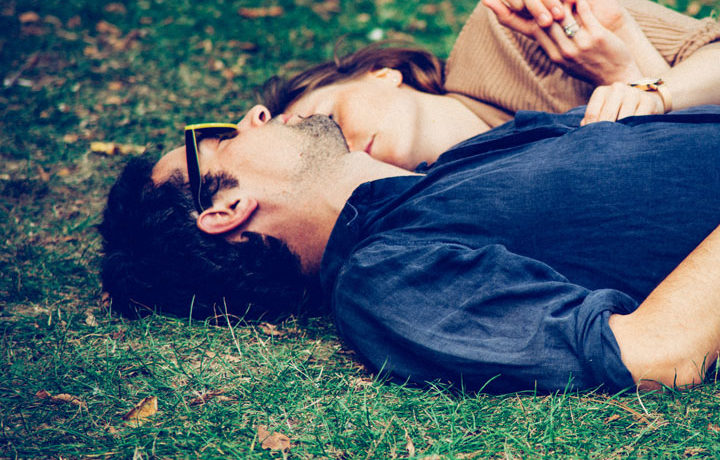
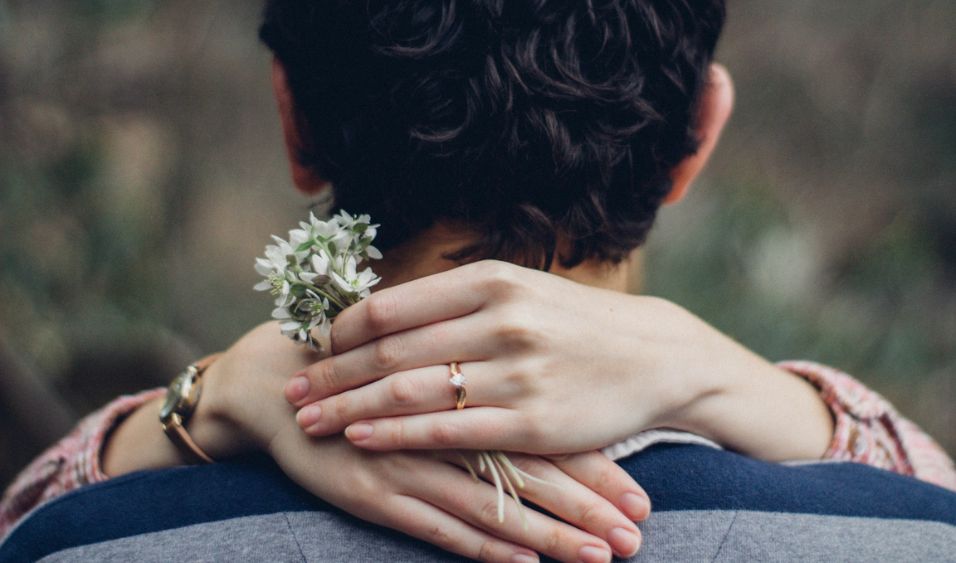
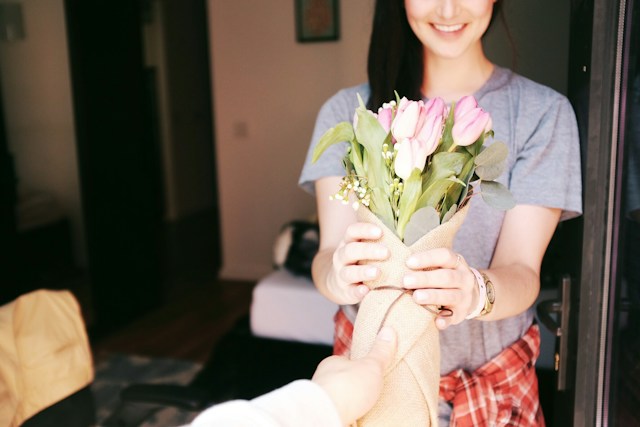
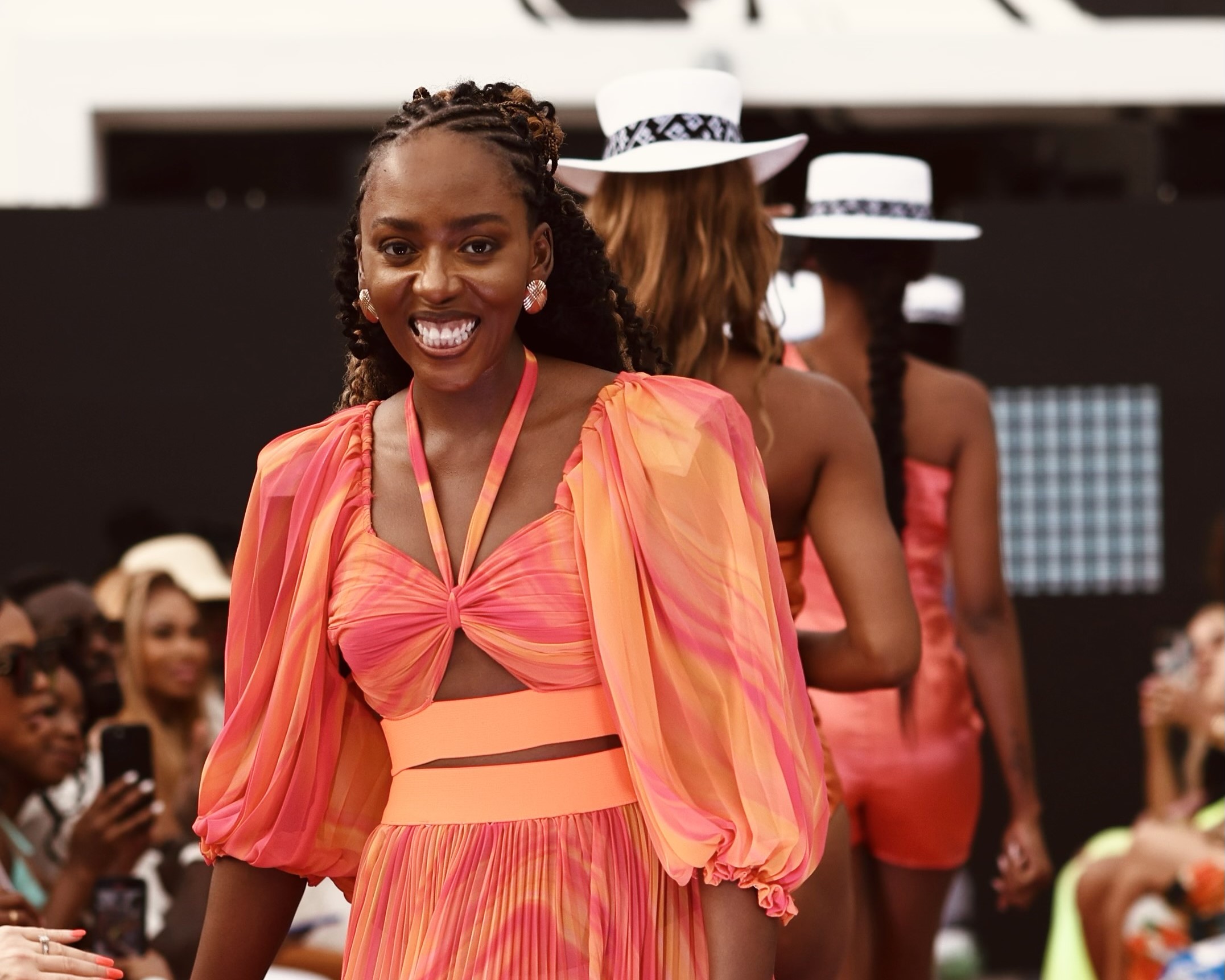
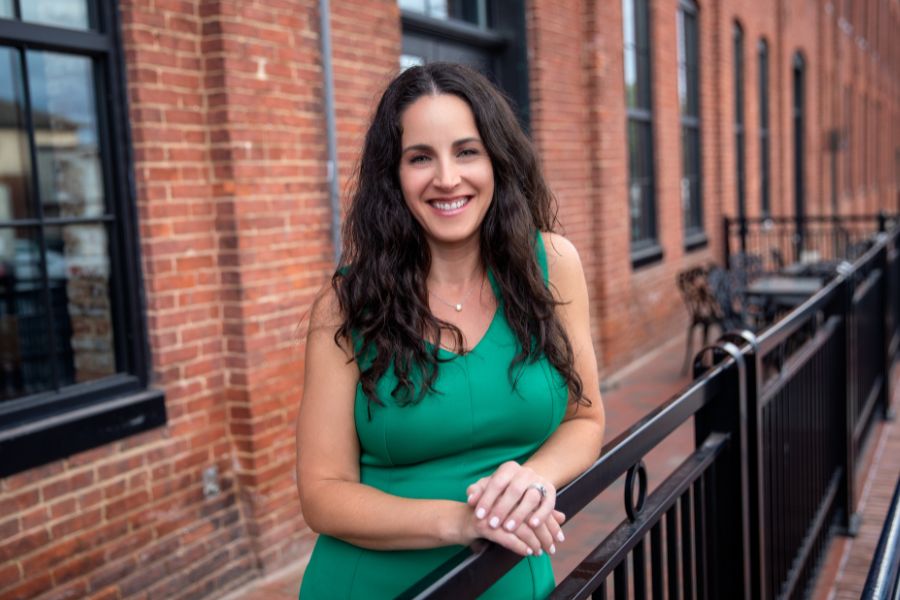
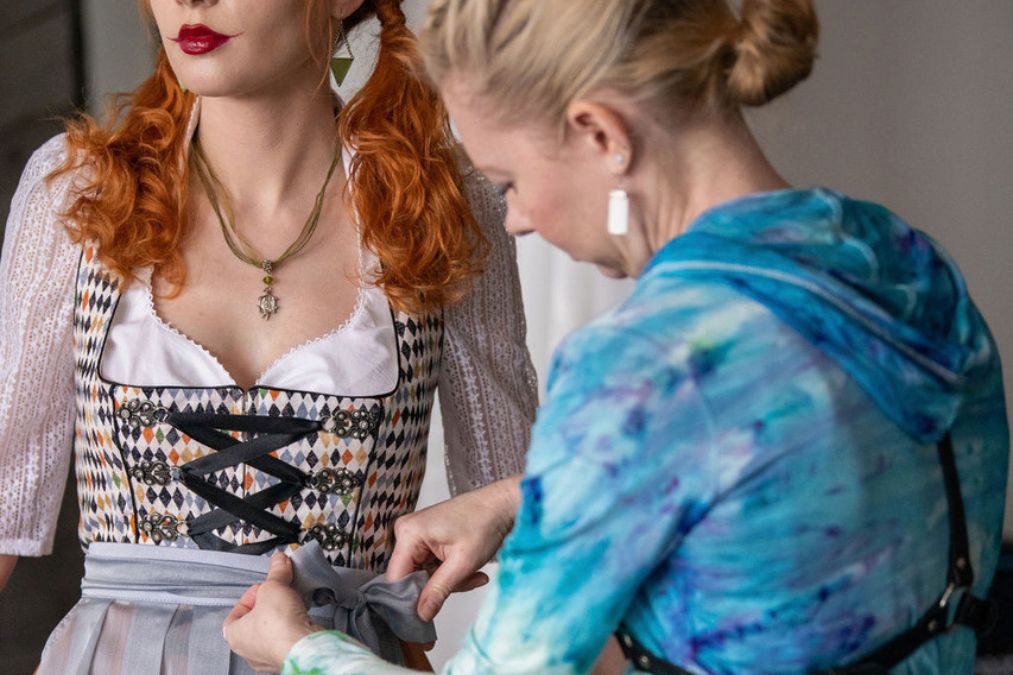
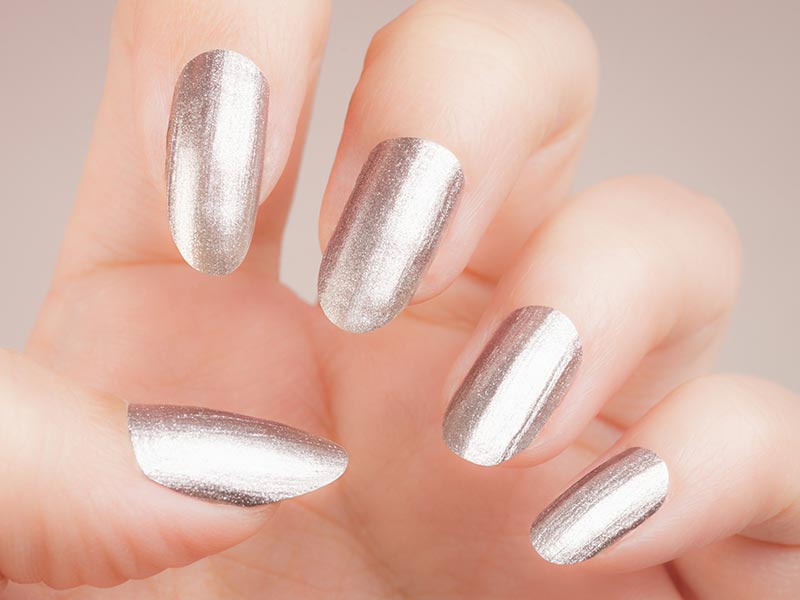
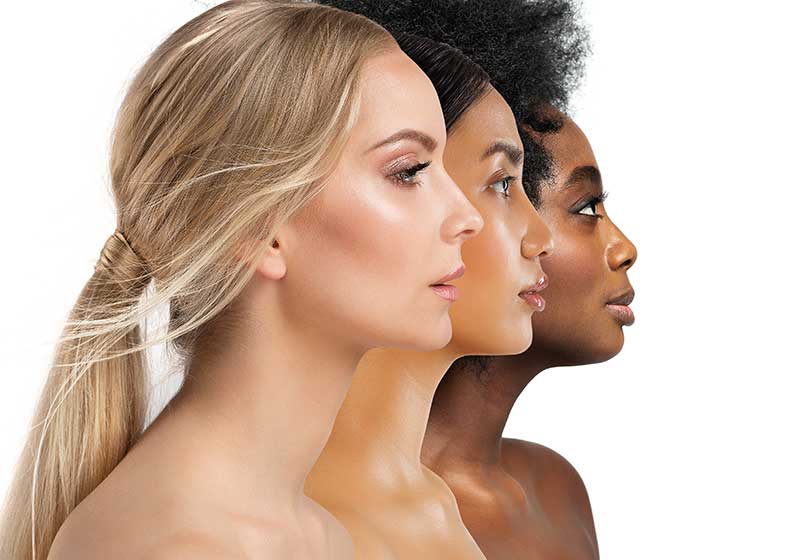
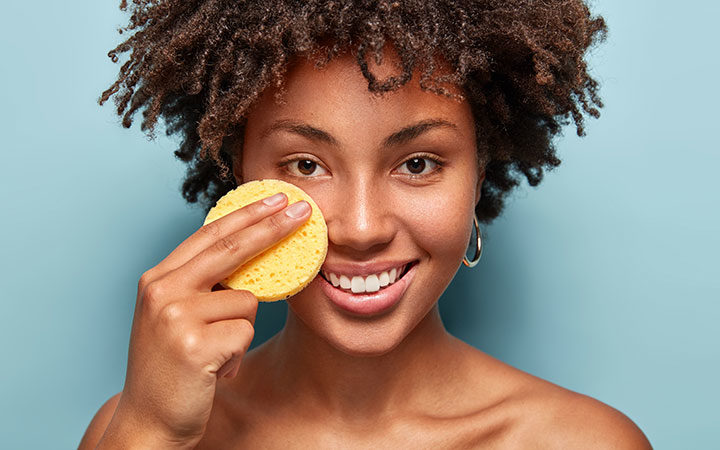
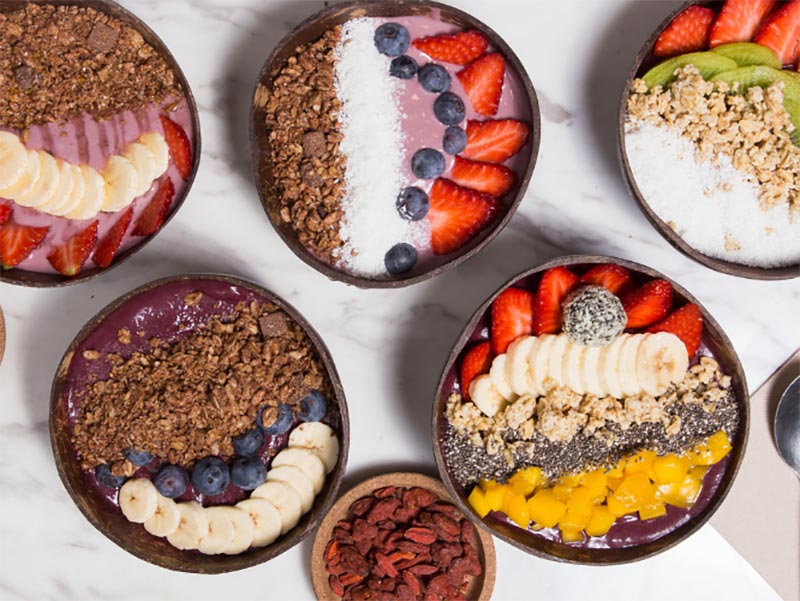
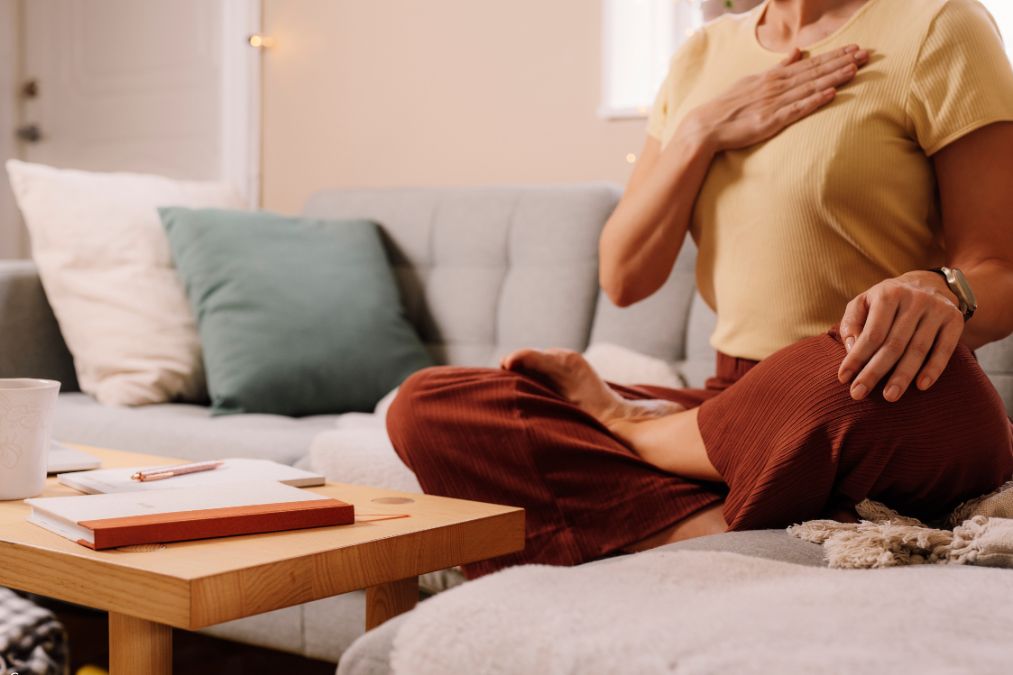
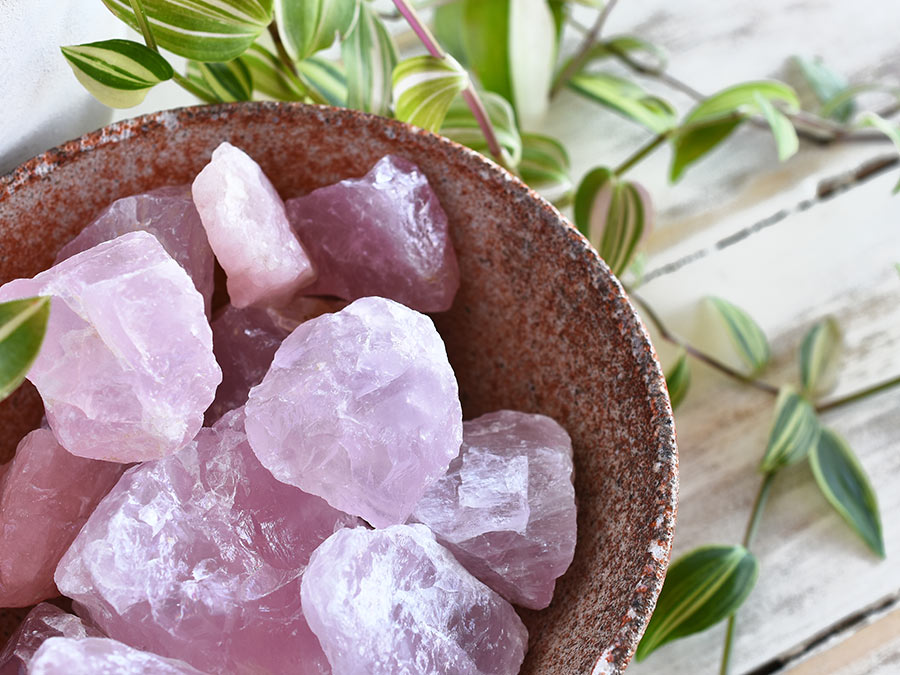
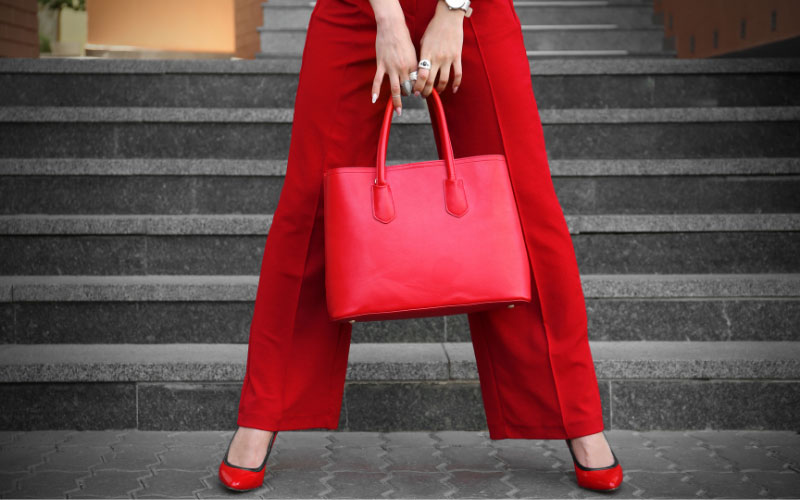
Subscribe so you don’t miss a post
Sign up with your email address to receive news and updates!